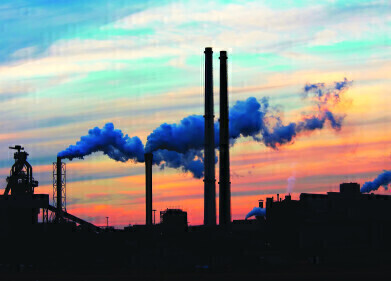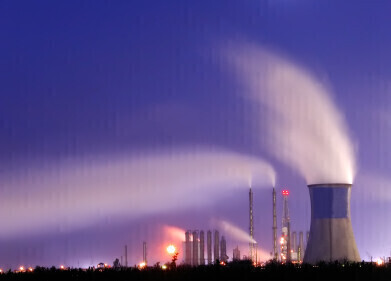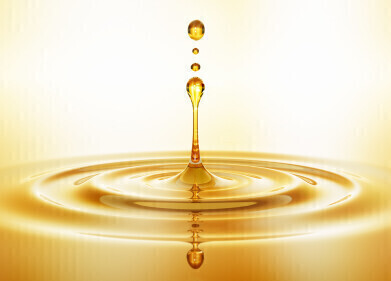Synthetic fuels
UK Farmers Are Hoarding Synthetic Fertiliser
Apr 14 2022
It may be a hoary old news-item, but it remains somewhat compelling to read about the lucky few who win big playing the Postcode Lottery, to learn of all the extravagances enjoyed, all the life-saving treatments administered, all those nagging debts finally payed off. This familiar story, however, received a timely twist in the case of the latest winner, livestock farmer Bob Atkinson from Padiham. For Bob, hitting the jackpot of £30,000 did not elicit dreams of sportscars or exotic voyages, only the relief that he would no longer have to fret about raising enough money to buy fertiliser.
For less fortunate farmers, though, the stress continues to mount.
Hampered in Hampshire
In Hampshire, Matt Culley raises wheat, barley and oilseed rape on a four-year rotation, grateful for the arable land of the Southeast. But only the most exceptionally fertile soil will yield the large quantities at harvest for which Culley is contracted, making fertiliser an unavoidable overhead. In particular, Matt relies upon liquid urea ammonium nitrate, the price of which has rocketed up 350% in just one year.
To illustrate, Culley’s fertiliser tanks hold up to 25,000 litres, and filling one to the brim would have set the Hampshire farmer back £6,000 in 2021. Today, it costs £21,000 per top-up. It comes as no surprise, then, that Matt now hoards his fertiliser under lock and key, determined to use only 70% of the regular amount of urea on this year’s crop.
Synthetic Motivations
During the past month, as the Russian invasion of Ukraine began to unfold, all sorts of conjecture was thrown out as Westerners wrangled with the question of Putin’s motivation; theories ran the gamut from impassioned revenge to cool-headed pacification, imperial ambition to imperial nostalgia. But, as the political tussles over Nord Stream 2 already demonstrated and the current fertiliser crisis in the UK further clarifies, one of Putin’s central motives must be to retain and to strengthen the Federation’s control over key commodities.
Not only a key supplier of natural gas, Russia remains the world’s principal exporter of synthetic fertiliser, too, by virtue of the Federation’s large oil reserves. When it comes to the fertiliser at the root of British farmers’ problems, liquid urea ammonium nitrate, a fifth of the global stock is Russian.
So, as the invasion proceeded, Putin’s government began to place restrictions on the export of synthetic fertiliser, restrictions compounded by concerns over a potential trade embargo that have discouraged the necessary insurance of cargo-ships entering ports in the Black Sea. As prices skyrocket in proportion to this restriction of supply, distributors have taken the unprecedented step to suspend pricing, wracking the nerves of an already anxious market.
With EuroChem’s absorption of Austrian fertiliser giant Borealis in the offing, though, Russia’s market-dominance in Europe is only gaining in strength, reinforcing European dependence even as many on the continent are firmly against the invasion of the Ukraine. In the final analysis, then, the price-rises that are forcing British farmers to hoard synthetic fertiliser are not regular fluctuations in the market, but an unnerving sign of the times. It may well be a grim harvest.
For the latest developments in ammonia monitoring for meeting governmental targets in the agricultural industries, follow the link to an article on the topic.
Digital Edition
PIN 26.1 Feb/Mar 2025
March 2025
Analytical Instrumentation - Elemental Analysis for Quality and Process Control at Refineries, for Lubricants and Wear Metals in Engine Oils - Synthetic Lubricants: New Developments - Scaling...
View all digital editions
Events
Mar 17 2025 Houston, TX, USA
Mar 18 2025 Beijing, China
Mar 19 2025 Manila, Philippines
Mar 20 2025 Brussels, Belgium
Mar 20 2025 Guangzhou, China






.jpg)



.jpg)








